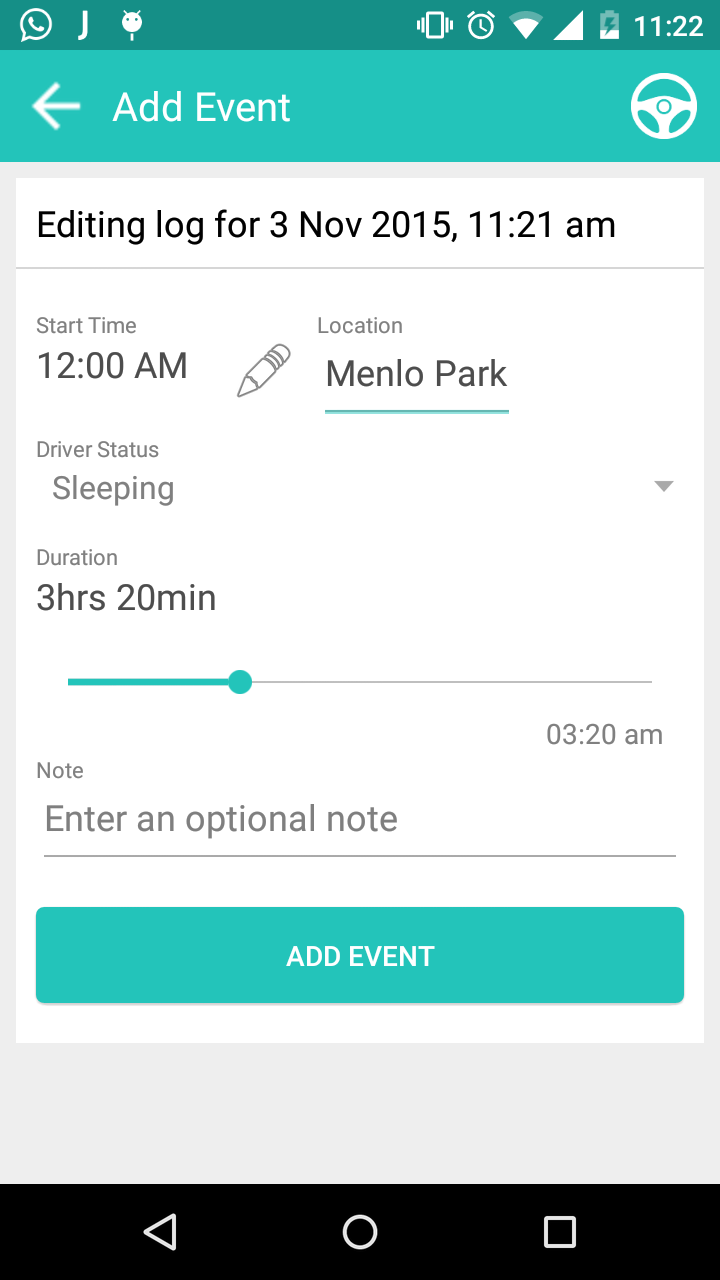
There is a ton of confusion out there regarding the ELD mandate, and the main questions seem to relate to exemptions, and definitions. In 5 minutes, we’ll tell you everything you need to know, including:
1. Does this affect you?
2. What are the exemptions?
3. How do I get an extra 2 years?
4. Why isn’t FleetRover a registered ELD?
5. What should I do now?
Does this affect you?
If you’re a long-haul driver, you will need an ELD by December 2019 – But until then you only need an AOBR.
It’ts possible it won’t effect you – There are some exemptions::
- If you’re not already required to keep records of duty status (RODS)
- Drivers who keep RODS for less than 8 days during a 30 day period. These are primarily short-haul drivers that occasionally drive outside of the exemption
- If you have a driveaway or towaway operation
- You don’t have an ECM. If your vehicle was manufactured before the year 2000 by VIN number then you’re home free until you have to upgrade that vehicle. Keep in mind, this applies to the year of the vehicle – NOT the engine.
- You’re a short haul driver in the U.S. who uses the 100 air-mile radius or 150 air-mile radius exceptions will also be exempt.
Keep in mind though, you’re still required to follow HoS rules even if you’re exempt from the mandate.
What qualifies as an AOBR?
At a minimum, it’s a connection to the engine tethered to a smartphone. The device must record engine use, road speed, miles driven, the date, and the time of day.
Why isn’t FleetRover registered on the FMCSA website as a certified ELD?
Because, no one should be!
The fact is, the FMCSA holds the manufacturer responsible for certifying that their solution meets the requirements of the rule – But the requirements aren’t finalized and defined yet. When you choose a device from the list, you’re assuming that it meets the requirements but it may not, and more importantly it may never. It’s up to the inspectors to determine whether or not your device is compliant.
At the moment, no one has access to the Electronic Record of Duty Status system. This is what the FMCSA and inspectors use to read ELD data. Without testing an ELD against this system, solution providers and trucking companies will not know if they’re certified.
So, what should I do now?
First off – Don’t worry. FleetRover guarantees you compliance with the 2017 ELD mandate.
We suggest you get started with an AOBR. Contact us for a trial today.
Is there anything else our operation needs to take care of?
The final rule also addresses the following five categories of supporting documents a driver and motor carrier must maintain that are generated or received in the normal course of conduction business:
- Bills of lading, itineraries, schedules, or equivalent documents indicating the origin and destination of a trip;
- Dispatch records, trip records, or equivalent documents;
- Expense receipts related to On Duty Not Driving time;
- Electronic mobile communication records reflecting communications transmitted through an FMS (e.g., text messages, email messages, instant messages, or pre-assigned coded messages);
- Payroll records, settlement sheets, or equivalent documents reflecting driver payments.
It also identifies four data elements that a document must contain to qualify as a supporting document to include:
- Driver name or carrier-assigned identification number;
- Date;
- Location (including name of nearest city, town, or village);
- Time.
The supporting document provisions will go into effect two years after the publication of the final rule in the Federal Register.
What will we need to do about this?
FleetRover will provide you with a ‘Digital Driver Envelope” – Contact us today for a demonstration!
